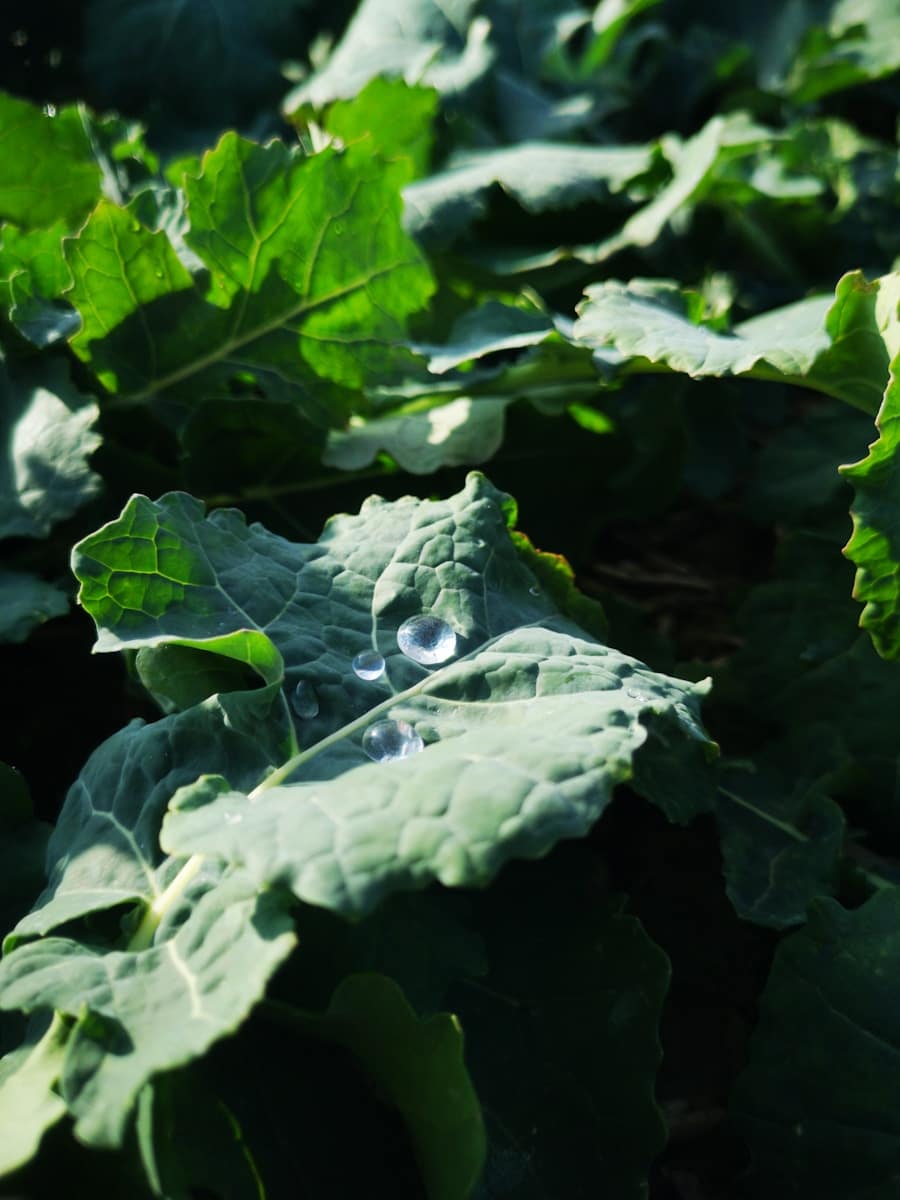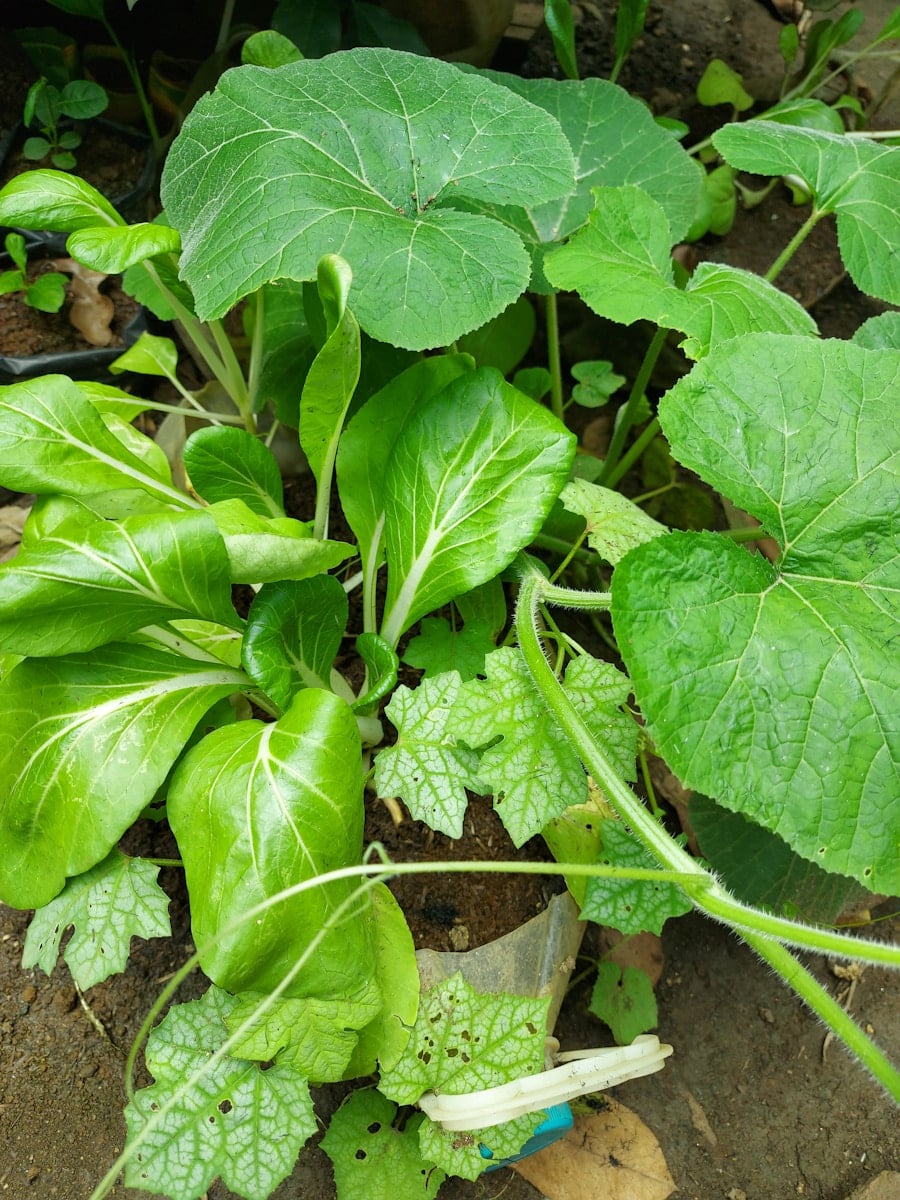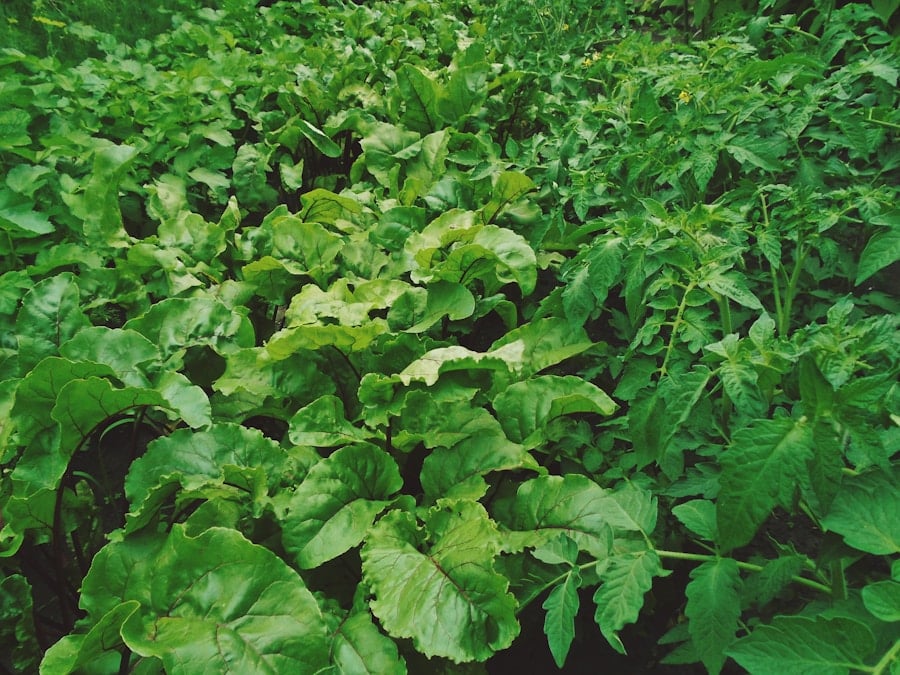Organic liquid fertilizer is a nutrient-rich solution derived from natural sources, designed to enhance plant growth and soil health. Unlike synthetic fertilizers, which often contain harsh chemicals, organic liquid fertilizers are made from composted materials, animal manures, seaweed extracts, and other organic matter. This type of fertilizer is particularly beneficial for vegetable gardens, as it not only provides essential nutrients but also improves soil structure and promotes microbial activity.
The liquid form allows for quick absorption by plants, making it an efficient option for delivering nutrients directly to the root zone. The composition of organic liquid fertilizers can vary widely, depending on the source materials used in their production. For instance, fish emulsion is a popular choice, rich in nitrogen and trace minerals, while seaweed extracts provide potassium and growth hormones that stimulate root development.
Additionally, some organic liquid fertilizers may include beneficial microorganisms that enhance nutrient availability and improve soil health. Understanding the specific nutrient profile of these fertilizers is crucial for gardeners aiming to meet the unique needs of their vegetable crops. Check out the latest fertilizers for your garden at Soil Compost.
Key Takeaways
- Organic liquid fertilizer is a natural alternative to synthetic fertilizers, made from organic materials such as compost, manure, or seaweed.
- Using organic liquid fertilizer in your veggie garden can improve soil health, promote plant growth, and increase crop yield.
- You can make your own organic liquid fertilizer at home using kitchen scraps, compost, and water, or by steeping organic materials in water to create a nutrient-rich solution.
- When applying organic liquid fertilizer to your veggie garden, it’s important to dilute it properly, apply it at the right time, and avoid over-fertilizing to prevent nutrient imbalances.
- Choosing the right organic liquid fertilizer for your veggie garden depends on your specific soil and plant needs, as well as the nutrient content of the fertilizer.
Benefits of Using Organic Liquid Fertilizer in Your Veggie Garden
One of the primary advantages of using organic liquid fertilizer in a vegetable garden is its ability to promote healthy plant growth without the risk of chemical buildup in the soil. Organic fertilizers release nutrients slowly over time, reducing the likelihood of nutrient leaching and ensuring that plants receive a steady supply of essential elements. This slow-release characteristic not only supports robust growth but also minimizes the risk of over-fertilization, which can lead to nutrient imbalances and harm beneficial soil organisms.
Moreover, organic liquid fertilizers contribute to improved soil health by enhancing microbial activity. Healthy soil is teeming with beneficial microorganisms that play a vital role in nutrient cycling and organic matter decomposition. By applying organic liquid fertilizers, gardeners can foster a thriving ecosystem within the soil, which in turn supports plant health and resilience against pests and diseases.
The use of organic fertilizers also aligns with sustainable gardening practices, promoting environmental stewardship and reducing reliance on synthetic inputs.
How to Make Your Own Organic Liquid Fertilizer

Creating your own organic liquid fertilizer can be a rewarding and cost-effective way to nourish your vegetable garden. One popular method involves using compost tea, which is made by steeping compost in water. To prepare compost tea, fill a breathable bag with well-aged compost and submerge it in a bucket of water.
Allow the mixture to steep for 24 to 48 hours, stirring occasionally to aerate the solution. After steeping, remove the compost bag and dilute the liquid with additional water if necessary before applying it to your plants. Another effective homemade option is to use kitchen scraps to create a nutrient-rich liquid fertilizer.
For example, banana peels are high in potassium, which is essential for flowering and fruiting plants. To make a banana peel fertilizer, chop the peels into small pieces and soak them in water for several days. The resulting liquid can be used as a foliar spray or soil drench, providing a natural boost of nutrients to your vegetable crops.
This method not only recycles kitchen waste but also enriches your garden with essential nutrients.
Best Practices for Applying Organic Liquid Fertilizer to Your Veggie Garden
| Best Practices for Applying Organic Liquid Fertilizer to Your Veggie Garden | |
|---|---|
| 1. Timing | Apply liquid fertilizer every 2-4 weeks during the growing season |
| 2. Dilution | Dilute the fertilizer according to the instructions on the label |
| 3. Application | Apply the fertilizer directly to the soil around the base of the plants |
| 4. Watering | Water the plants after applying the fertilizer to help it soak into the soil |
| 5. Avoid Overuse | Avoid over-fertilizing as it can lead to nutrient imbalances and harm the plants |
When applying organic liquid fertilizer, timing and technique are crucial for maximizing its effectiveness. It is generally best to apply these fertilizers during the early morning or late afternoon when temperatures are cooler, as this helps prevent evaporation and allows plants to absorb nutrients more efficiently. Additionally, applying fertilizer during periods of active growth—such as during the early stages of plant development or just before flowering—can significantly enhance nutrient uptake.
Dilution is another important consideration when using organic liquid fertilizers. Many products are concentrated and should be mixed with water according to the manufacturer’s instructions or based on your homemade recipe. Over-concentration can lead to nutrient burn or other adverse effects on plants.
Furthermore, applying the fertilizer directly to the soil around the base of plants rather than on their leaves can help prevent leaf burn while ensuring that nutrients reach the root zone where they are most needed.
Choosing the Right Organic Liquid Fertilizer for Your Veggie Garden
Selecting the appropriate organic liquid fertilizer for your vegetable garden requires an understanding of your plants’ specific nutrient needs and the existing soil conditions. Different vegetables have varying requirements; for instance, leafy greens like spinach and lettuce thrive on nitrogen-rich fertilizers, while fruiting plants such as tomatoes and peppers benefit from higher potassium levels. Conducting a soil test can provide valuable insights into nutrient deficiencies or imbalances, guiding your choice of fertilizer.
In addition to considering nutrient content, it’s essential to evaluate the source of the organic liquid fertilizer. Some products may contain additives or fillers that do not contribute to plant health. Opting for high-quality fertilizers made from reputable sources ensures that you are providing your plants with the best possible nutrition.
Reading product labels carefully can help you identify fertilizers that align with your gardening philosophy and goals.
Common Mistakes to Avoid When Using Organic Liquid Fertilizer

Dilution Guidelines Matter
Failing to follow dilution guidelines is a common error. Many gardeners assume that more concentrated solutions will yield better results, but this can lead to nutrient burn or other detrimental effects on plant health. It’s crucial to adhere to recommended dilution ratios to ensure that your plants receive the right amount of nutrients without risking damage.
Timing of Application is Crucial
Another frequent error is neglecting to consider the timing of application. Applying organic liquid fertilizer during periods of drought or extreme heat can hinder nutrient absorption and may even stress plants further. Instead, aim to apply fertilizers when plants are actively growing and when soil moisture levels are adequate.
Regular Monitoring is Essential
Additionally, some gardeners overlook the importance of regular monitoring.
Tips for Maximizing the Effectiveness of Organic Liquid Fertilizer in Your Veggie Garden
To maximize the benefits of organic liquid fertilizer in your vegetable garden, consider implementing a holistic approach that includes complementary practices such as mulching and crop rotation. Mulching helps retain soil moisture and suppress weeds while also gradually adding organic matter as it breaks down. This creates a more favorable environment for nutrient uptake and enhances overall soil health.
Incorporating companion planting can also boost the effectiveness of organic liquid fertilizers. Certain plant combinations can enhance nutrient availability or deter pests naturally. For example, planting legumes alongside heavy feeders like corn can improve nitrogen levels in the soil through nitrogen fixation.
By strategically planning your garden layout and incorporating these practices, you can create a thriving ecosystem that supports healthy plant growth.
Frequently Asked Questions About Organic Liquid Fertilizer for Veggie Gardens
Many gardeners have questions about the use of organic liquid fertilizers in their veggie gardens. One common inquiry revolves around how often these fertilizers should be applied. Generally, it is advisable to apply organic liquid fertilizers every four to six weeks during the growing season, adjusting based on plant response and specific crop needs.
Another frequently asked question pertains to whether organic liquid fertilizers can be used in conjunction with other types of fertilizers or amendments. While it is possible to combine different types of fertilizers, caution should be exercised to avoid over-fertilization or nutrient imbalances. Conducting regular soil tests can help determine if additional amendments are necessary or if adjustments should be made to your fertilization schedule.
Understanding these aspects of organic liquid fertilizer usage can empower gardeners to make informed decisions that enhance their vegetable gardening experience while promoting sustainable practices that benefit both plants and the environment.
If you are looking to improve the health and growth of your vegetable plants, consider using organic liquid fertilizer. This type of fertilizer is a great option for providing essential nutrients to your plants in a form that is easily absorbed. For more information on how to effectively use organic liquid fertilizer for your vegetables, check out this helpful article on how to plant green beans in containers.
FAQs
What is organic liquid fertilizer for vegetables?
Organic liquid fertilizer for vegetables is a natural and environmentally friendly plant food that is derived from organic materials such as compost, seaweed, fish emulsion, or other natural sources. It is in liquid form and can be easily applied to the soil or directly to the plants.
How does organic liquid fertilizer benefit vegetables?
Organic liquid fertilizer provides essential nutrients to vegetables, such as nitrogen, phosphorus, and potassium, as well as micronutrients like calcium, magnesium, and sulfur. These nutrients help promote healthy growth, improve soil fertility, and enhance the flavor and nutritional value of the vegetables.
How is organic liquid fertilizer applied to vegetables?
Organic liquid fertilizer can be applied to vegetables by diluting it with water and then watering the plants with the mixture. It can also be sprayed directly onto the leaves for foliar feeding. The frequency of application will depend on the specific fertilizer and the needs of the vegetables.
Is organic liquid fertilizer safe for organic gardening?
Yes, organic liquid fertilizer is safe for organic gardening as it is made from natural and organic materials without the use of synthetic chemicals or additives. It helps maintain the integrity of organic farming practices and is approved for use in organic production.
Are there any drawbacks to using organic liquid fertilizer for vegetables?
One potential drawback of organic liquid fertilizer is that it may have a shorter shelf life compared to synthetic fertilizers. Additionally, it may take longer to see the effects of organic liquid fertilizer compared to synthetic options, as the nutrients need to be broken down by soil microorganisms before they are available to the plants.

